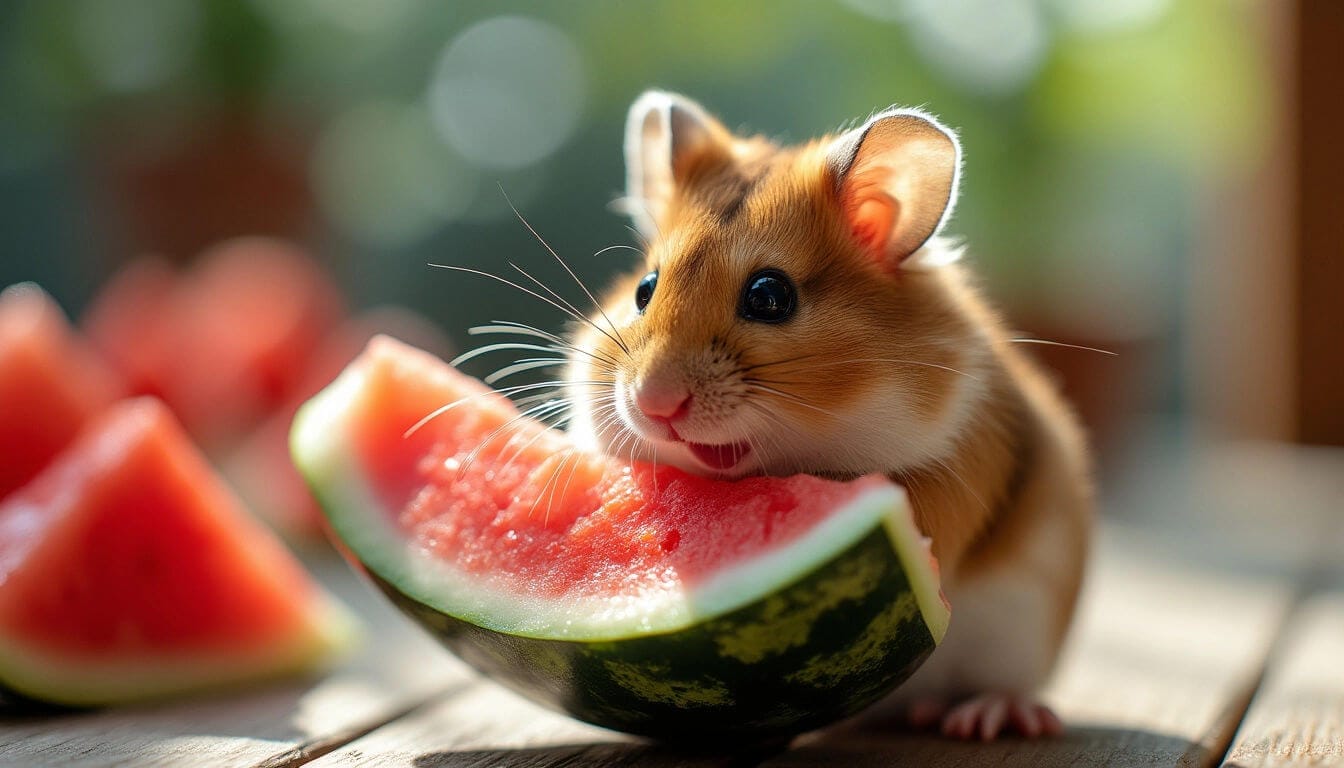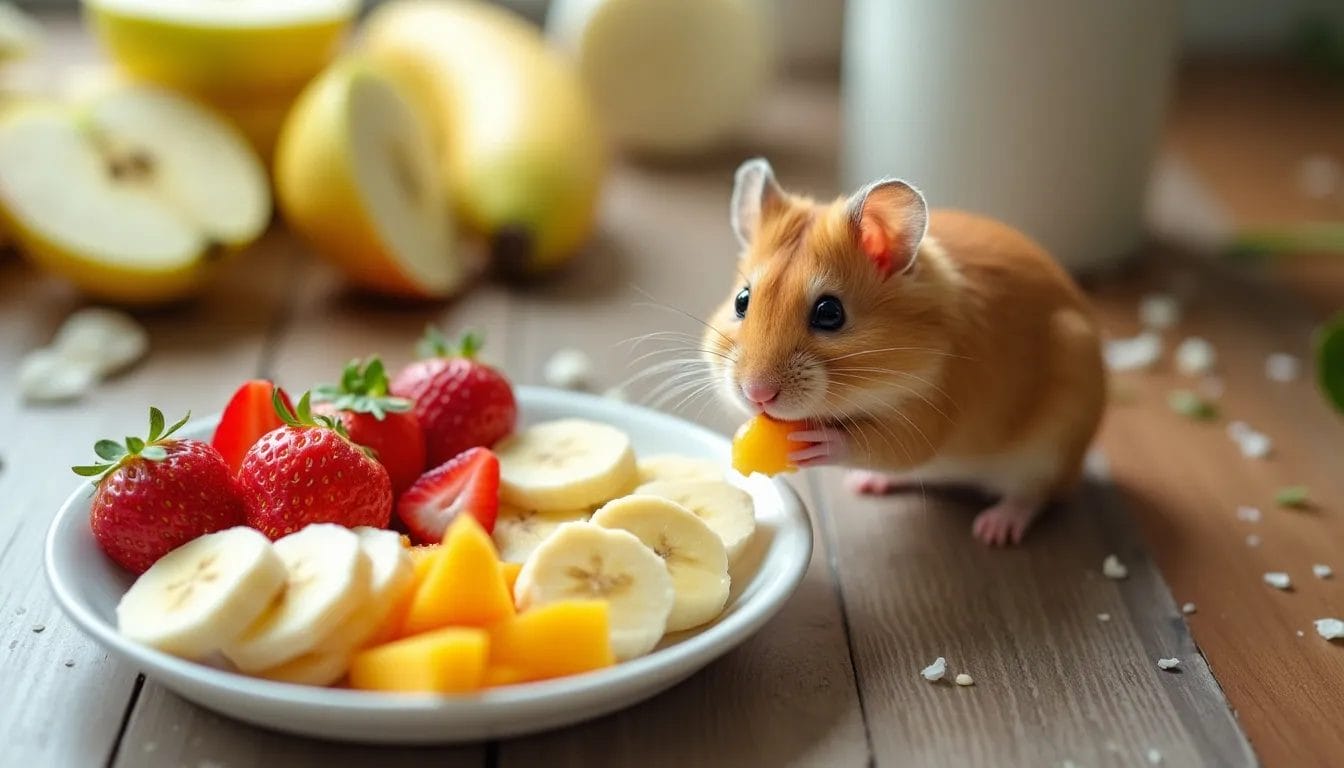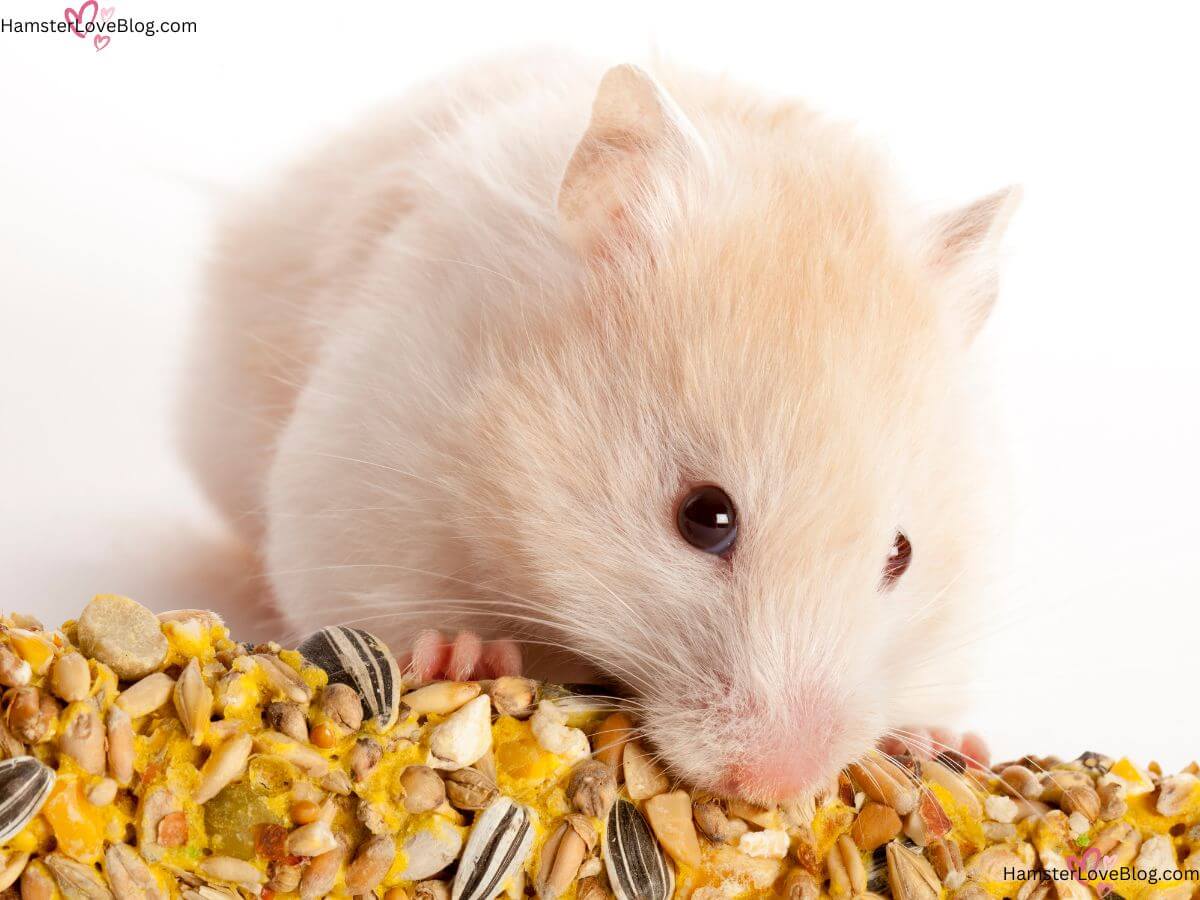
Did you know that providing the right nutrition to your furry companion can significantly impact their health and happiness? When it comes to caring for your hamster, ensuring proper hamster diet recommendations is a critical aspect of their overall well-being. Let’s delve into the world of hamster nutrition and explore how you can tailor their diet to support a healthy and thriving pet.
Understanding Your Hamster’s Nutritional Needs
Hamsters are small but energetic creatures that require a well-rounded diet to maintain their health and vitality. When it comes to hamster diet recommendations, it’s crucial to understand the nutritional needs specific to these furry friends.
Importance of a Balanced Diet
A balanced diet is key to ensuring your hamster stays healthy and active. Consisting of a mix of nutrients, vitamins, and minerals, a balanced diet can help prevent dietary deficiencies and promote overall well-being.
Key Nutrients for Hamsters
- Protein: Essential for muscle growth and repair.
- Fiber: Aids in digestion and maintains gut health.
- Vitamins and Minerals: Necessary for various bodily functions.
- Healthy Fats: Source of energy and supports skin and coat health.
Factors to Consider When Planning the Diet
When planning your hamster’s diet, consider factors such as age, activity level, and breed. Different breeds of hamsters may have varying dietary requirements, so it’s essential to tailor the diet to your specific pet.
Remember, consulting with a veterinarian experienced in small animal care can provide personalized hamster diet recommendations based on your hamster’s unique needs.
For more detailed information on hamster nutrition, you can refer to reputable sources like the American Society for the Prevention of Cruelty to Animals (ASPCA).
Types of Commercial Hamster Food
When it comes to hamster diet recommendations, understanding the types of commercial hamster food available is essential for providing a well-rounded diet for your furry friend.
Pellets vs. Seed Mixes
Pellets:
- Uniform nutrition in each pellet.
- Helps prevent selective eating.
- Convenient and less messy option.
Seed Mixes:
- Mimics a more natural diet.
- Encourages foraging behavior.
- Ensure hamster consumes a varied diet.
Reading Labels and Ingredient Lists
When selecting commercial hamster food, it’s crucial to read the labels and ingredient lists carefully. Look for foods that contain a balance of proteins, fibers, vitamins, and minerals essential for your hamster’s health.
Recommended Brands for Hamster Food

- Kaytee Forti-Diet Pro Health Hamster Food: Known for its balanced nutrition and variety of ingredients. Get it here
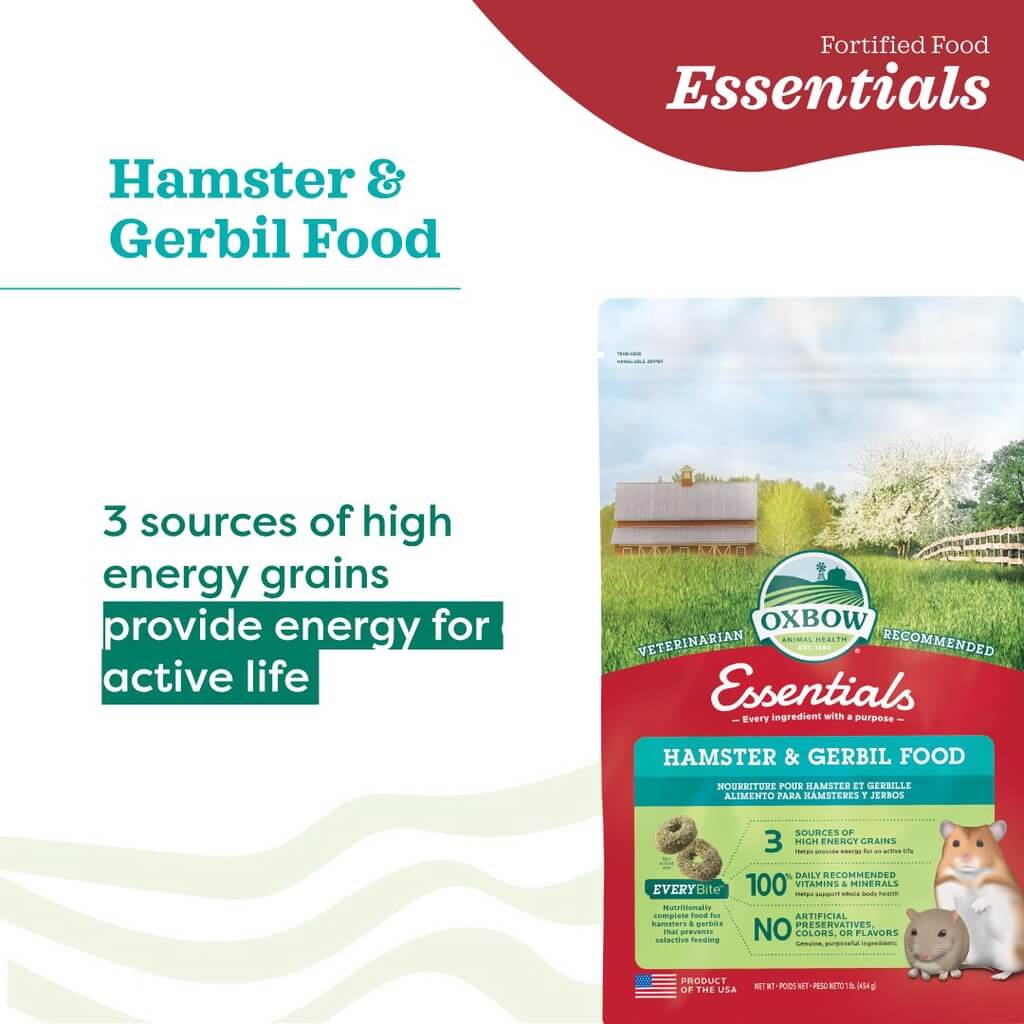
- Oxbow Essentials Hamster & Gerbil Food: Contains high-fiber timothy hay for digestive health. Get it here
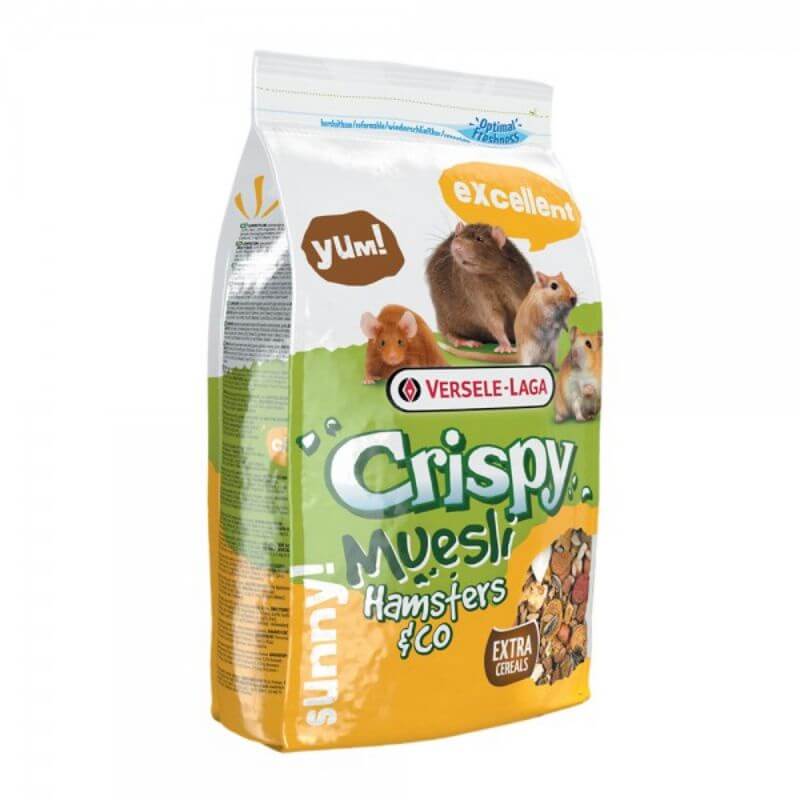
- Versele-Laga Hamster Nature: Offers a mix of grains, seeds, vegetables, and fruits for a diverse diet. Get it here
For more information on choosing the right commercial food for your hamster, you can check out the PetSmart website for a variety of options and expert advice.
Fresh Foods to Supplement Your Hamster’s Diet
In addition to commercial hamster food, incorporating fresh foods into your hamster diet recommendations can provide added nutrients and enrichment for your pet.
Safe Fruits and Vegetables
When offering fresh produce to your hamster, ensure they are safe and suitable for consumption:
- Safe Fruits: Apples, bananas, berries
- Safe Vegetables: Carrots, cucumbers, bell peppers
Protein Sources for Hamsters
Including protein sources in your hamster’s diet is essential for muscle health and overall well-being:
- Cooked chicken or turkey (boneless and skinless)
- Mealworms or crickets (available in pet stores)
- Plain, boiled eggs (in moderation)
Foods to Avoid
Be cautious of foods that may be harmful to hamsters:
- Citrus fruits (can cause digestive issues)
- Onions or garlic (toxic to hamsters)
- Processed foods or sugary treats (can lead to obesity)
- Chocolate
Treats for Your Hamster
Incorporating treats into your hamster diet recommendations can add variety and excitement to your pet’s mealtime routine.
Healthy Treats for Occasional Indulgence
Treats should be offered in moderation to prevent nutritional imbalances:
- Small pieces of fruits like strawberries or blueberries
- Vegetables such as broccoli florets or squash
- Commercial hamster treats designed for occasional consumption
Portion Control for Treats
Be mindful of the quantity of treats offered to your hamster:
- Limit treats to 1-2 small pieces per day
- Monitor your hamster’s weight to avoid overfeeding
- Use treats as rewards for positive behavior or during training sessions
Homemade Treat Ideas
Get creative with homemade hamster treats using safe ingredients:
- DIY oat and banana cookies
- Carrot and parsley sticks
- Frozen yogurt drops made with plain yogurt
For more treat ideas and tips on incorporating treats into your hamster’s diet, visit the Petco website for a variety of options and guidance on hamster nutrition.
Hydration for Hamsters
Proper hydration is a crucial aspect of hamster diet recommendations to ensure your pet’s overall health and well-being.
Importance of Water for Hamsters
Water plays a vital role in maintaining hamsters’ body functions:
- Supports digestion and nutrient absorption
- Regulates body temperature
- Essential for overall hydration
Water Bottle vs. Water Bowl
Choosing the right water source for your hamster:
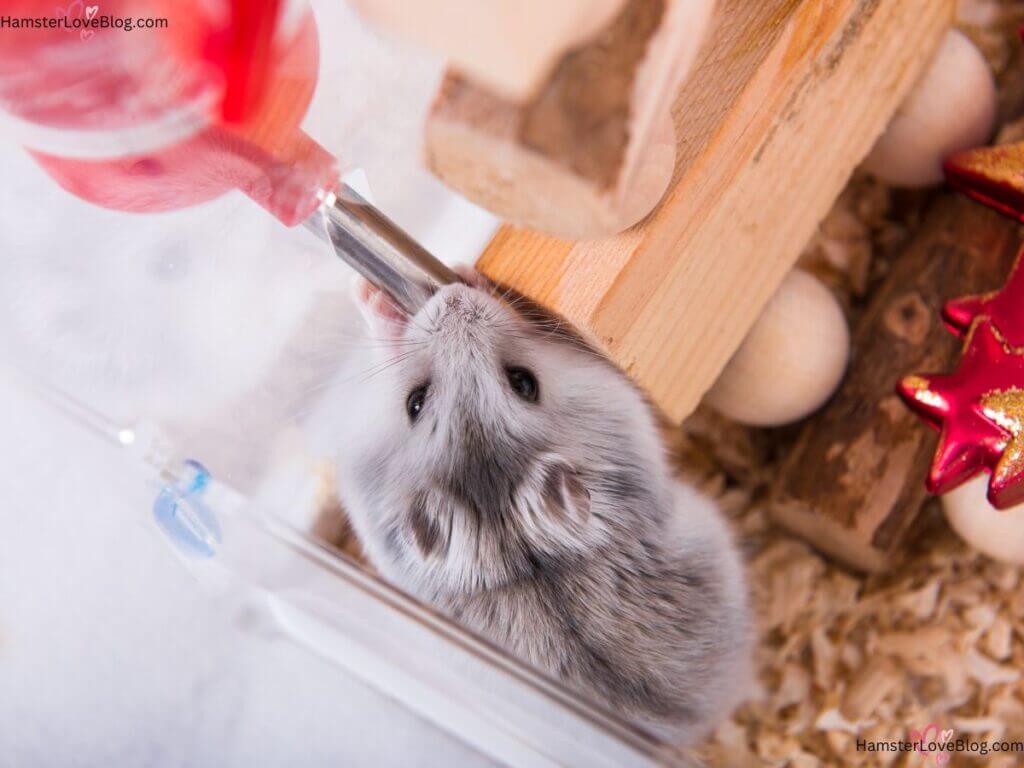
Water Bottle:
- Reduces the risk of contamination
- Ensures water availability without spillage
- Easy to monitor intake
Water Bowl:
- Allows for a more natural drinking position
- Provides an option for hamsters who prefer to sip from a dish
Ensuring a Fresh Water Supply
Regularly check and refill your hamster’s water source:
- Change water daily to prevent bacterial growth
- Clean the water bottle or bowl weekly to maintain hygiene
- Monitor your hamster’s water intake to ensure adequate hydration
For more information on ensuring proper hydration for your hamster, consult reputable sources like the PetSmart website for expert advice on hamster care and hydration needs.
Dietary Adjustments for Different Hamster Breeds
Different hamster breeds may have specific dietary needs that pet owners should be aware of when considering hamster diet recommendations.
Specific Dietary Needs for Dwarf Hamsters

Dwarf hamsters, such as Roborovski or Campbell’s hamsters, may require:
- Higher protein and fat content in their diet
- Smaller food pieces for easier consumption
- Limitations on sugary treats to prevent health issues
Syrian Hamster Diet Variations

Syrian hamsters have distinct dietary requirements:
- Need a balanced mix of pellets and fresh foods
- Larger serving sizes compared to dwarf hamsters
- Monitor for obesity as they are prone to weight gain
Roborovski Hamster Diet Considerations
Roborovski hamsters have their own dietary considerations:
- Emphasize high-fiber foods for digestive health
- Limit sugary fruits and focus on vegetables
- Provide opportunities for foraging to simulate their natural behaviors
Understanding the specific dietary needs of different hamster breeds can ensure that you are providing the best nutrition for your pet. For more breed-specific diet tips, consult reputable sources like the PetSmart website for tailored hamster diet recommendations based on breed variations.
Implementing a Transition Plan
When making changes to your hamster’s diet, it’s crucial to implement a gradual transition plan to prevent digestive upsets and ensure a smooth adjustment period for your furry friend.
Gradual Diet Changes
Slowly introduce new foods or adjust proportions over several days:
- Mix a small amount of new food with the old diet initially
- Increase the ratio of new food gradually over a week
- Observe any changes in your hamster’s appetite or stool consistency
Monitoring Your Hamster’s Response
Pay attention to your hamster’s behavior and physical condition:
- Note any signs of digestive issues like diarrhea or bloating
- Monitor weight changes to ensure your hamster is maintaining a healthy weight
- Seek veterinary advice if your hamster shows persistent signs of discomfort
Seeking Veterinary Advice if Needed
If you encounter any concerns or uncertainties about your hamster’s diet:
- Consult a veterinarian with experience in small animal care
- Provide detailed information about your hamster’s current diet and any changes made
- Follow professional guidance to address any dietary issues or health concerns
By planning a gradual transition, closely monitoring your hamster’s response, and seeking expert advice when necessary, you can ensure that your pet’s hamster diet recommendations are well-managed for optimal health and well-being. For additional guidance on transitioning your hamster’s diet, refer to the Petco website for expert resources on hamster care and dietary adjustments.
FAQ Section
Can I feed my hamster fruits and vegetables as part of their diet?
Certainly! Fruits like apples and vegetables such as carrots can be great additions to your hamster’s diet in moderation. Ensure the fruits and vegetables are safe for hamsters and cut into small, manageable pieces.
How much water should I provide to my hamster daily?
Offer fresh water to your hamster daily and ensure their water bottle or bowl is clean. A general guideline is to provide around 1-2 teaspoons of water per day, but monitor your hamster’s intake to ensure they are adequately hydrated.
Are commercial hamster treats necessary, and how often can I give them to my pet?
While not necessary, commercial treats can add variety to your hamster’s diet. Limit treats to 1-2 small pieces per day to prevent overfeeding and maintain a balanced diet for your pet.
What should I do if my hamster refuses to eat a new type of food?
Introduce new foods gradually to allow your hamster to adjust. If your hamster refuses a new food, try mixing it with their usual diet or offering it in small amounts to encourage acceptance over time.
How can I tell if my hamster is overweight, and what should I do if that’s the case?
Check your hamster’s body regularly for signs of weight gain, such as a rounder appearance or difficulty moving. Consult with a veterinarian for guidance on adjusting your hamster’s diet and providing opportunities for exercise to help them maintain a healthy weight.



